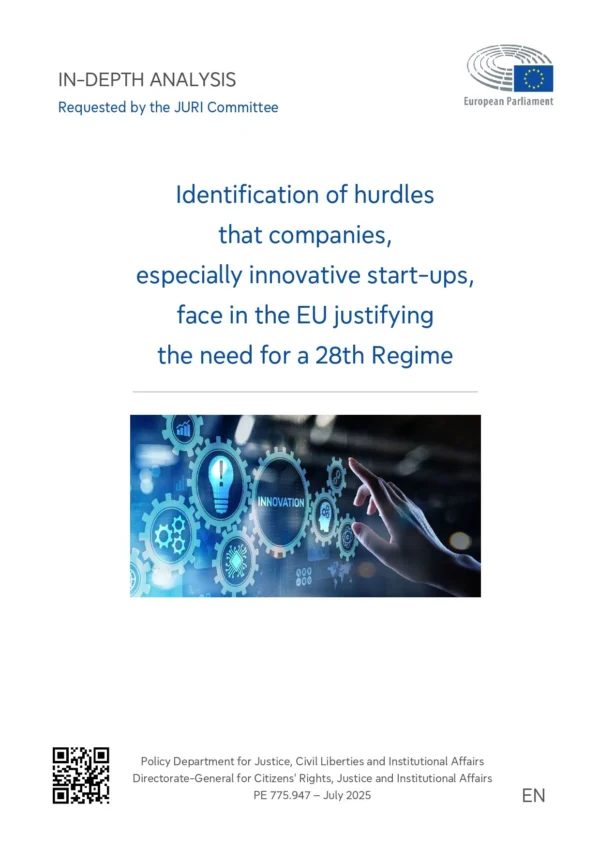With the introduction of the Bank Recovery and Resolution Directive (BRRD), public capital contributions to insolvent banks should have become a thing of the past or at least an extremely unlikely eventuality. The supposedly exceptional precautionary recapitalisation of Banca Monte dei Paschi (MPS) seems to offer evidence to the contrary. Based on a review of the empirical literature and the resent resolution of Banco Popular and MPS, this paper argues that a precautionary recapitalisation facility can be in the taxpayers’ interest, but only under very specific circumstances and conditions. The current rules on precautionary recapitalisation and guidelines for the supervisory exercises used to determine the shortfall should therefore be revised. On the one hand, the current requirements are too flexible leaving room for public capital injections into de facto insolvent banks, while on the hand, the requirements imposed on the recapitalisation amounts are too rigid to allow the realisation of maximum economic returns.
This material was originally published in a paper provided at the request of the Committee on Economic and Monetary Affairs of the European Parliament and commissioned by the Directorate-General for Internal Policies of the Union and supervised by its Economic Governance Support Unit (EGOV). The opinions expressed in this document are the sole responsibility of the author and do not necessarily represent the official position of the European Parliament. The paper is also available on the European Parliament’s webpage. © European Union, 2017
Willem Pieter de Groen is Research Fellow at CEPS.












